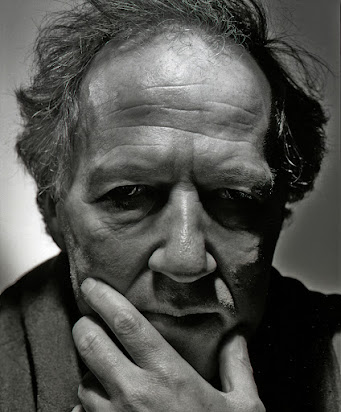 |
| William Deverell - The photograph on the right is the only one taken with a 35mm camera |
retrato
Del it. ritratto.
1. m. Pintura o efigie principalmente de una persona.
2. m. Fotografía de una persona.
Ritratto etymology
Ritratto
English word ritratto comes from Latin traho, Italian ritrarre ((transitive) to portray. (transitive) to withdraw.)
por·trait
/ˈpôrtrət,ˈpôrˌtrāt/
mid 16th century: from French, past participle (used as a noun) of Old French portraire ‘portray’.
Because the origin of portrait in English is from the French here is a noun that somehow has evaded becoming a verb. In Spanish retrato comes from the Italian rittratto and it from the Latin.
In Spanish I may say "voy a retratarte" (I am going to take your photograph) which if I am a photographer it would be seen as taking a photographic portrait. If I were an artist then that would mean that I would paint a portrait.
 |
| Ian Rankin |
For me as a photographer I like how retratar involves a withdrawal. This means that when I take a portrait I attempt to take out something of the person posing for me. This involves a two way street in which the person being photographed may want to have me see only a fraction of what the person wants. And as a portrait photographer I may want to take what I think I see in that person. In some cases I may want to trick my subject.
In short, taking a portrait, particularly a photographic one is a complex operation. It is a complex operation that I have enjoyed for many years and I believe I am pretty good at it.
 |
| James Ellroy |
The black and white portraits I am including here are of a particular style that I would call brutalism (as in the architecture term). It could never be applied to the portraits of women. In spite of being now in the 21st century I believe few women would want me to shoot them in this way. But I am including Liv Ullmann here even though her portrait is fairly pleasing. It is included because when she faced my large camera she told me, "Please don't ask me to smile." Somehow she did a bit. I never ask any of my subjects to smile. My family never got used to fact that I photographed both my my granddaughters rarely smiling.
 |
| Liv Ullmann |
 |
| Bruce Greenwood |
Another reason for the look is that in all the photographs with the exception of the one of writer William Deverell (the horizontal one) were taken with my medium format (6x7cm) Mamiya RB-67. In all I used a 140mm lens equivalent to a film 35 mm lens of 80mm. The big camera on my heavy tripod put me very close to my subjet - a sort of in-your-face kind of thing. I would think that the setup is both intimate and confrontational. Another feature is that in most cases I had my camera shooting down. And of course in almost all of the photographs I used at least two lights.
 |
| Dennis Hopper |
 |
| Werner Herzog |
 |
| Vittorio Gassman |
 |
| Vincent Price |
 |
| Peter Breck |
 |
| John MacLachlan Gray |
 |
| John Boorman |
 |
| William F. Buckley |
 |
| Wilford Brimley |
 |
| William Gibson |







